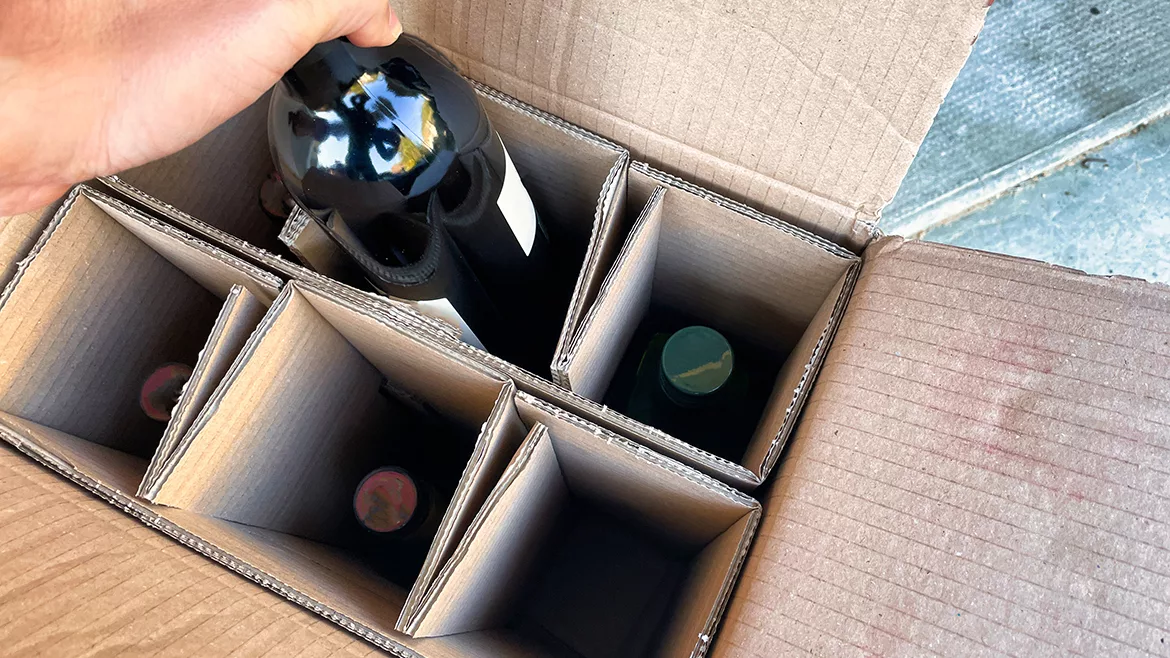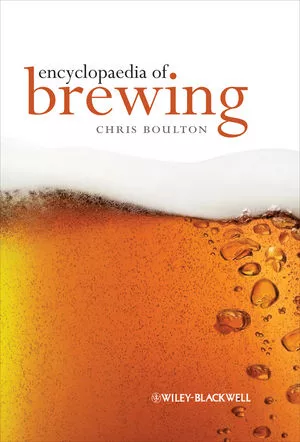Beverage alcohol sectors highlight potential unintended consequences from tariffs
WSWA shares data on impact import levies could have on wine and spirits

There is no question that consumer beverage alcohol consumption patterns have shifted in recent years. Last year, IWSR unveiled its US Navigator data portal, which tracks monthly beverage alcohol consumption by price tier across all U.S. states, dating back to 2019. In September 2024, IWSR reported that U.S. total beverage alcohol (TBA) volumes were down -2.6%.
Additionally, all major categories (except ready-to-drink) saw volumes decline from January to July 2024. Beer volumes were down 3.5%, spirits volumes declined 3% while wine volumes contracted 4%.
“Across the board, these declines are slightly worse than what was forecast at the start of the year,” said Marten Lodewijks, president of IWSR’s US division, in a statement at the time of press release. “The slight recovery that was expected has failed to materialize, indicating that the difficult trading environment has not eased, and that consumers are still feeling the pinch of higher prices.”
As these beverage alcohol markets grapple with these challenges, manufacturers and wholesale distributors also are bracing for the potential of tariffs, also known as import duties or levies, on imported products. President Donald Trump had indicated leading up to the election blanket tariffs on goods for virtually all countries, with higher percentages noted for Chinese, Mexican, and Canadian imported products.
In a December webinar titled “Navigating Trade Challenges: Tariff Impacts on Wine & Spirits and the U.S. Economy” the Wine & Spirits Wholesalers Association (WSWA) addressed the impact of tariffs on the sector. Featuring panelists Dina Opici, president of Opici Family Distributing and WSWA Chairwoman; Theo Koebel, executive vice president of portfolio management at Winebow; Michael Correra, executive director at Metropolitan Package Store Association; and Dawson Hobbs, executive vice president, government affairs at WSWA, the experts detailed the effect this could have on beverage alcohol.
Citing a recent economic study conducted by John Dunham and Associates on the consequences of blanket tariffs ranging from 10% to 30% on all imported wine and spirits, the webinar reported the U.S. economic output loss with a 10% tariff levy could be $1.9 billion, meanwhile a 30% tariff could result in a $14.9 billion U.S. economic output loss.
Another concerned raised was on the origin designated products such as Champagne, Scotch, and Tequila, which all must come from specified regions. The impact on tequila, which can only be imported from Mexico, and with its potential ripple effects, WSWA noted that the spirit was one of the few growth drivers within the U.S. spirits market. Citing WSWA’s SipSource from October 2024, the webinar reported that tequila makes up 13% of all spirits sold by volume.
To lessen the impact that tariffs could have on operations, experts suggested diversification of portfolios, with Koebel pointing to the growth of the low- and no-alcohol segments as a potential alternative.
Experts noted in the webinar that the industry has navigated through tariffs in the past, but because the economic landscape is different, the playbook will not have an identical outcome.
Although some uncertainty remains as to the impact this will have on beverage alcohol, WSWA noted it will continue its advocacy on behalf of the wine and spirits wholesalers and is urging its community to engage policymakers and will continue to have conversations on this import topic.
Looking for a reprint of this article?
From high-res PDFs to custom plaques, order your copy today!






